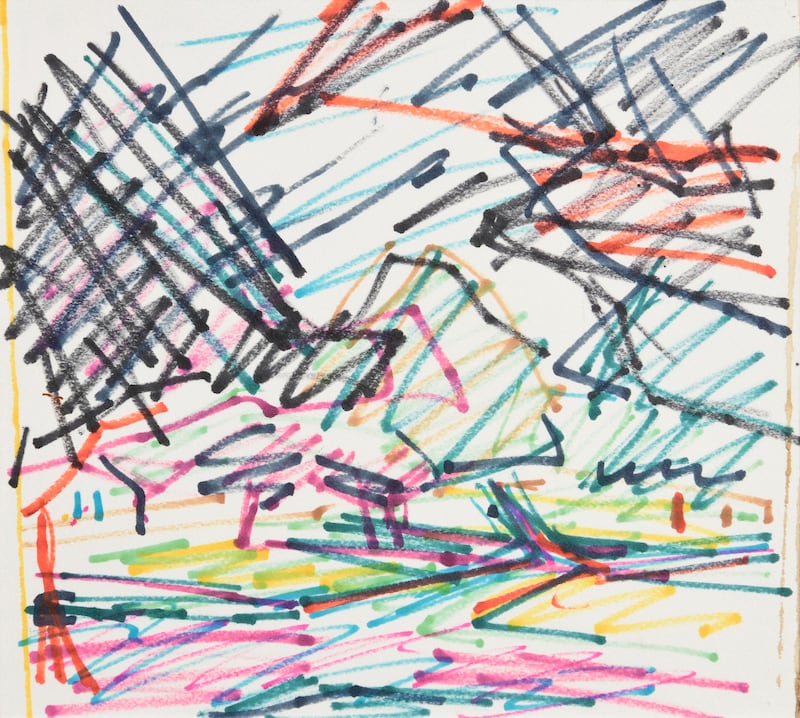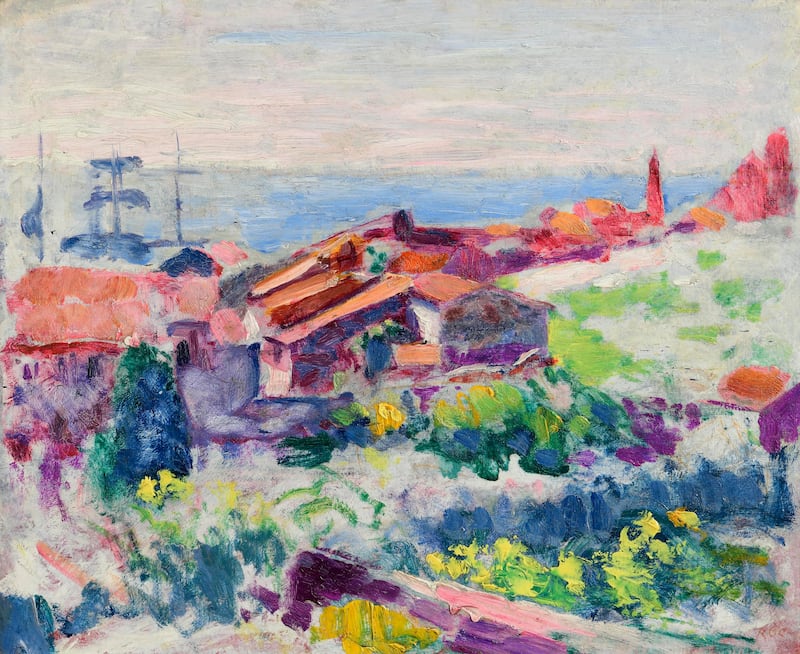Some objects truly are a sign of their times. Back in 1968, Air India commissioned Spanish surrealist maestro Salvador Dalí to design an ashtray for its first-class passengers. Smoking on an aircraft is unimaginable today, but so too was the project fee: a baby elephant. Maybe Dalí requested one to match the ashtray – his design includes swans that appear to turn into elephants, by means of what he described as his “paranoia critical method”. Or perhaps it was because of his expressed desire to ride said elephant across the Alps.
It is unclear how many of the Limoges porcelain pieces were made. The official figure is 500, and they were gifted to luminaries including the future King Juan Carlos. The one at Morgan O’Driscoll’s upcoming sale is numbered 858, but as Dalí had an infamous wit, the pieces may well have been mischievously misnumbered to cause confusion. This one is estimated at €800-€1,200. And what about the elephant itself? It was procured from Bangalore Zoo and flown to Dalí's home in Cadaqués, where the mayor declared a three-day holiday, and celebrations included Indian tea and pink champagne. In the end Dalí never did make his elephantine Alpine journey, and the animal lived out a quieter life at Barcelona Zoo.

A good auction can be a real cornucopia. The Morgan O’Driscoll sale features two portraits that tell an intriguing story of art and representation across time. The first, in terms of era at least, is William Orpen’s Portrait of Mrs Jessie Wertheimer (nee Trautz) from 1904 (€10,000-€15,000). Wertheimer was second wife to gallerist Charles Wertheimer, who had spotted Orpen as a rising star soon after the Stillorgan-born artist’s graduation from the Slade in London. The portrait – described as a “study” when it was first exhibited – has a romantic, wistful mistiness, counterbalanced by the subject’s direct and clear-eyed gaze. Compare this with the €310,000 realised in 2021 at deVeres for the admittedly larger, and more formally complete After the Ball, painted during Orpen’s “golden treadmill” era of the 1920s.

Fast-forward just over 100 years and there is a gaze of an entirely different kind from Portrait of a Lady, 2013, by Genieve Figgis (€30,000-€50,000). Here, there is a historical tinge, evidenced in the long blue gown and hair dressing, but the face is the most striking part. Painted in the manner for which Figgis is most known, it is part blurred, part pared back until it is almost as if we are seeing the subject’s skull. This idea of getting right under the skin is what makes Figgis so powerfully contemporary, even as her work reaches back to traditions including that of Orpen.
From Baby Reindeer and The Traitors to Bodkin and The 2 Johnnies Late Night Lock In: The best and worst television of 2024
100 Years of Solitude review: A woozy, feverish watch to be savoured in bite-sized portions
How your mini travel shampoo is costing your pocket and the planet - here’s an alternative
They say you tend to regret the things you didn’t do, more than the things you did. That of course depends on your proclivities, but it is true that most collectors are haunted by missed opportunities. There will always be the suddenly stratospheric artist whose work you didn’t acquire when you had the chance, or the collectable you forgot to spot ahead of its moment in the sun. This is definitely true of Figgis, who just 10 years ago was showing at Talbot Gallery in Dublin, where her work was on the right side of affordable. The next part is right out of art world fairy tales, as American artist Richard Prince discovered her online, introduced her to collectors and galleries, and now her work is snapped up for tens of thousands. It seldom comes to auction in Ireland, although last year her Lemon Queen (2013) sold for €29,000 at Whyte’s.

The Morgan O’Driscoll sale also includes a very tasty Frank Auerbach abstract sketch in crayon, Primrose Hill #17 (1980). In June, Auerbach’s oil painting Mornington Crescent (1969) set a new record for the artist, selling at Sotheby’s for $7.1 million (€6.6 million), which makes you realise what a difference a medium can make, as the Morgan O’Driscoll estimate here is €15,000-€25,000.
Then there are two Andy Warhol prints from his Ladies and Gentlemen series from 1975, each estimated at €7,000-€9,000, which may well benefit from the increased interest in Warhol following the Hugh Lane’s recent blockbuster exhibition of the artist, Three Times Out, which broke visitor records for the gallery. There is also an absolutely lovely Roderic O’Connor, Villas near the Sea, Cassis (1913), estimated at €70,000-€100,000. All are on view until April 1st in Skibbereen, and at the RDS in Dublin, April 5th-8th, ahead of the auction closing on April 9th.

See more of Orpen’s work at Farmleigh Gallery with Sir William Orpen: A Family Legacy, which includes paintings, drawings and memorabilia by the man himself, and watercolours by various family members. This is being shown alongside a collection of recently discovered images by historian and photographer Goddard Henry Orpen, second cousin to the famous painter. Both exhibitions run until August 25th, admission free, closed Mondays.
- Listen to our Inside Politics Podcast for the latest analysis and chat
- Sign up for push alerts and have the best news, analysis and comment delivered directly to your phone
- Find The Irish Times on WhatsApp and stay up to date












